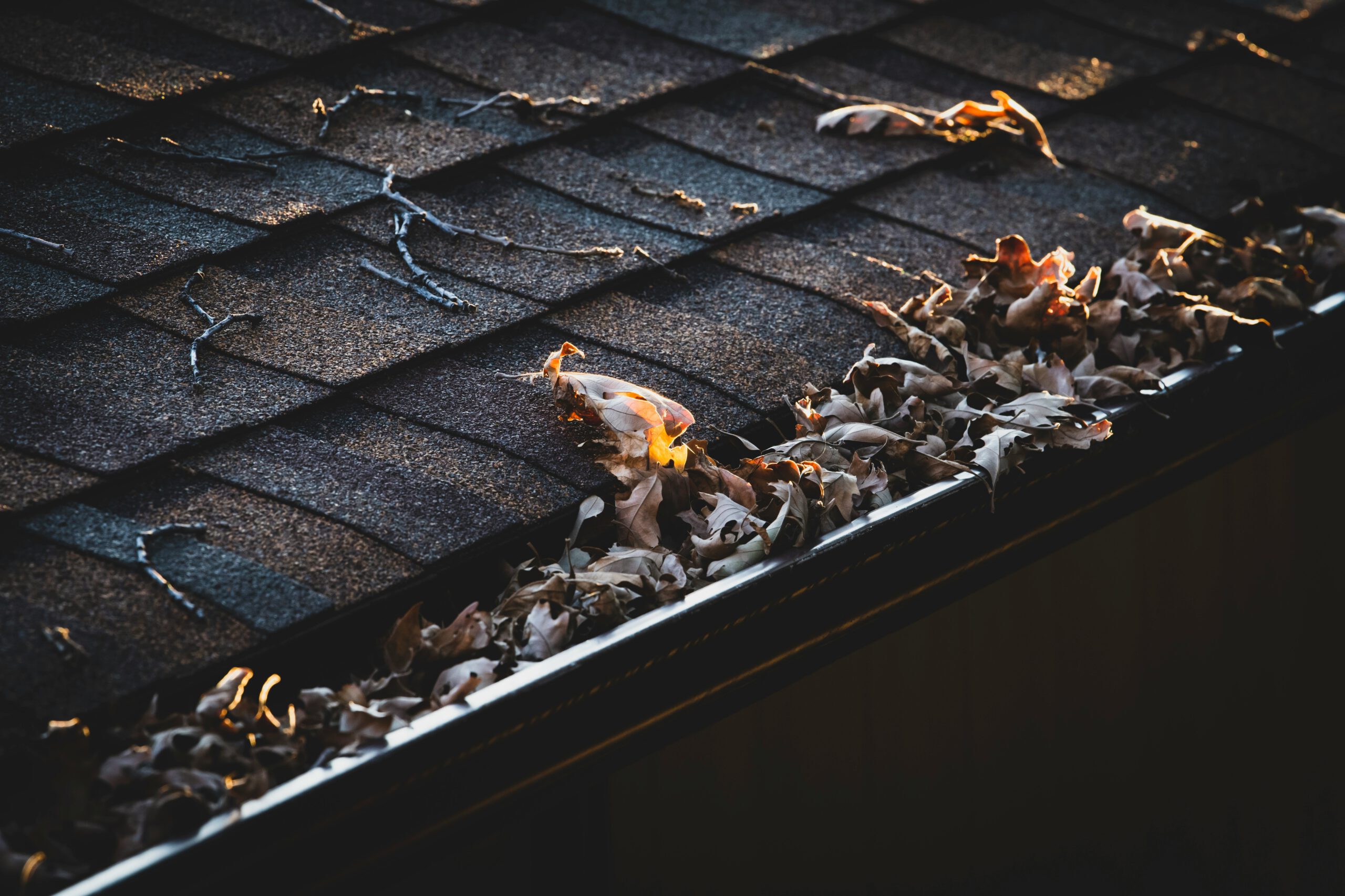My Gutter Nightmare
I used to be the kind of homeowner who ignored the gutters. Out of sight, out of mind, right? That was until one stormy night last fall when I woke up to the sound of water pouring down the side of my house like a waterfall.
I rushed outside in my pajamas, only to find that the gutters were completely clogged, overflowing onto the siding, and creating a muddy pool around my home’s foundation. The damage? Cracked siding, water pooling in the basement, and a $600 repair bill I definitely didn’t plan for.
Since that wake-up call, I’ve become a big believer in regular gutter maintenance. Let me share why it matters and what you risk if you don’t take care of those neglected troughs.
Why Gutters Matter More Than You Think
Your gutters are a small part of your home, but they play a huge role in keeping everything safe and sound. Their main job is to direct rainwater away from your home’s walls, roof, and foundation.
When they get clogged with leaves, twigs, dirt, and debris, that water has nowhere to go and the consequences can add up fast.
Roof Damage: Water Has to Go Somewhere
From personal experience, I can tell you: when your gutters are clogged, water backs up onto your roof.
Last year, my neighbor Mike ignored his overflowing gutters all winter. By spring, he had water seeping under his shingles, leading to rotted roof decking and a hefty repair estimate of over $3,000.
Keeping gutters clear can save you from expensive roof repairs and possibly an early roof replacement.
Foundation Problems: Cracks, Shifts, and Sinking
Here’s something I learned the hard way: when water spills over clogged gutters, it pools around your home’s base. Over time, this water can erode the soil, crack the foundation, and cause parts of your house to settle unevenly.
A friend of mine noticed cracks in her basement walls after years of ignoring gutter maintenance. She thought it was just “old house problems” but it turned out to be water damage from poor drainage. Fixing the foundation cost her thousands.
Prevent costly structural damage by making sure water flows away from your house.
Pest Infestations: Mosquitoes, Ants, and Even Birds
Here’s something I never expected: clogged gutters are like five-star hotels for pests. Standing water attracts mosquitoes, wet leaves create nesting spots for birds, and the damp, rotting debris is a feast for ants and termites.
Last summer, I noticed a sudden ant problem near my windows. After some investigating, I realized they were coming from the soggy mess sitting in my clogged gutters. Once I cleaned them out, the ants disappeared.
Keep your gutters clean, and you’ll keep unwanted critters away.
Siding and Paint Damage: Peeling, Staining, and Mold
Overflowing water doesn’t just vanish it runs down your home’s walls. This can cause siding to warp, paint to peel, and mold or mildew to grow on the exterior.
One neighbor told me how she spent hours scrubbing green mold off her siding, only to realize that her clogged gutters were the real culprit.
Cleaning the gutters is easier (and cheaper) than repainting or re-siding your home.
Landscape Erosion: Destroying Your Garden
If you’re proud of your flower beds or landscaping, clogged gutters can quietly ruin all your hard work. Water spilling over the sides can erode soil, drown plants, and leave muddy trenches.
I once spent a weekend planting flowers along the front of my house. After a heavy rain, they were all washed away because my overflowing gutters dumped water directly onto them. Lesson learned.
Takeaway: Protect your curb appeal by keeping gutters in check.
How to Properly Maintain Your Gutters (Step by Step)
Step 1: Inspect Regularly
Check your gutters at least twice a year once in the spring and once in the fall. If you have a lot of trees around, you may need to check more often.
I set a reminder on my phone every October and April to make sure I don’t forget.
Step 2: Clean Out Debris
Wear gloves, grab a small scoop or garden trowel, and clear out leaves, twigs, and gunk. Don’t forget to check the downspouts, too they can easily clog.
Tip: Put a tarp under your work area to catch the mess for easier cleanup.
Step 3: Flush the Gutters
Use a garden hose to flush out any remaining dirt and check that the water flows freely through the downspouts.
I once thought my gutters were clean until I flushed them and found a hidden clog near the bottom.
Step 4: Check for Damage
Look for cracks, sagging sections, or rust spots. Fix any issues right away to prevent bigger problems later.
Even a small hole can turn into a big leak during heavy rain.
Step 5: Consider Gutter Guards
If you want to reduce the amount of cleaning you need to do, gutter guards are a smart investment. They help block debris while still letting water flow through.
I installed them after a particularly bad fall season, and they’ve saved me hours of work.
When to Call in the Pros
If your gutters are too high, too damaged, or just too overwhelming to handle yourself, it’s worth hiring a professional.
I once rented a tall ladder for a tricky spot, only to realize I wasn’t comfortable working that high up. I called a local service, and they got the job done safely and quickly.
Don’t Wait Until It’s Too Late
I’ll be honest: I didn’t fully appreciate the importance of clean gutters until I faced the consequences firsthand. But once you’ve seen the damage clogged gutters can cause from roof rot to foundation cracks you realize it’s a simple chore with a big payoff.
Set a reminder, grab your gloves, or call in the pros just don’t ignore those gutters. Your home (and your wallet) will thank you.




